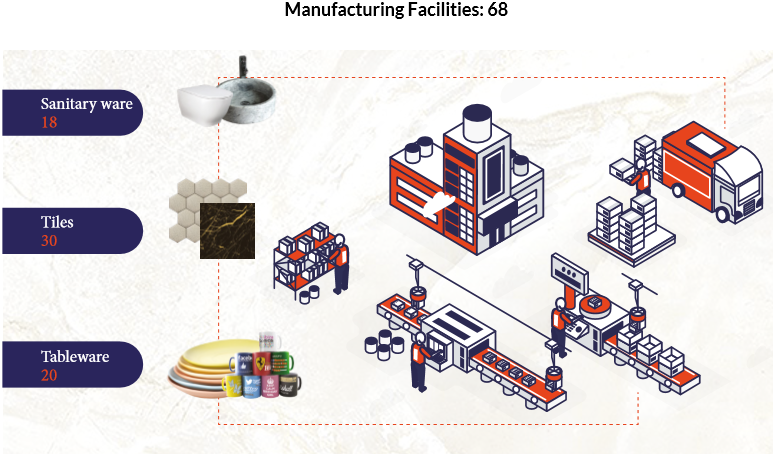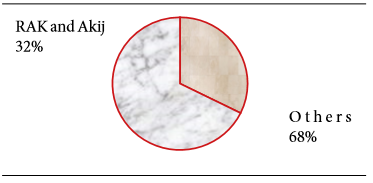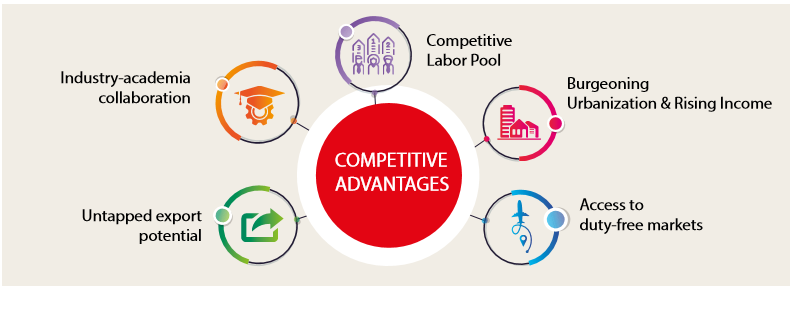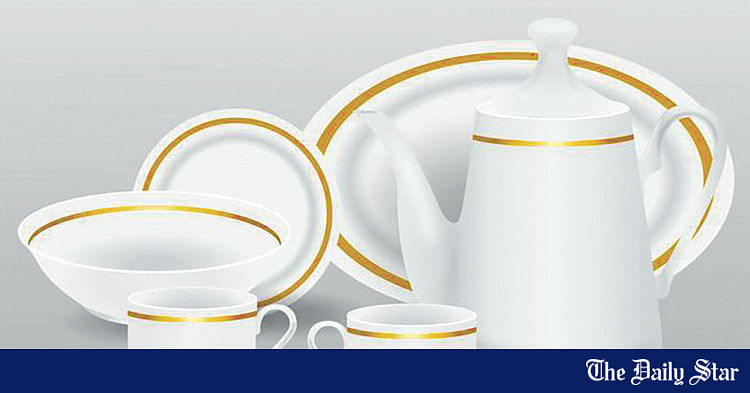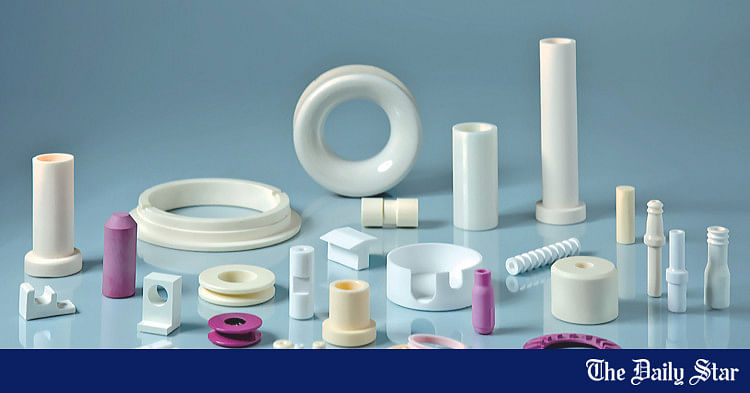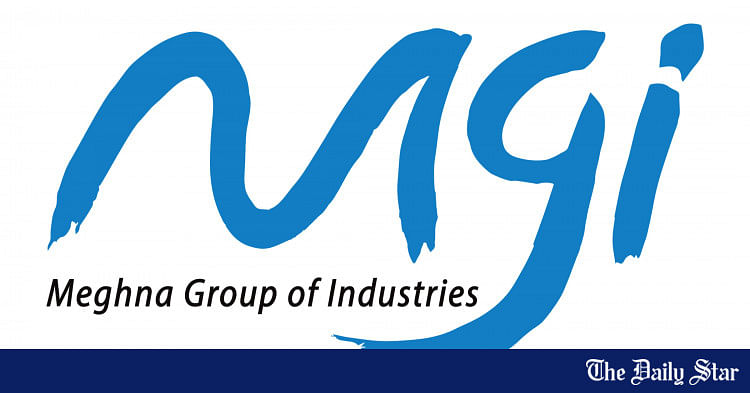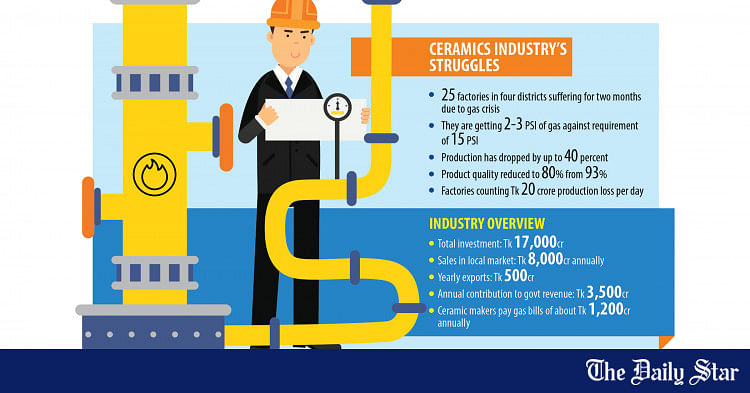Saif
Senior Member
- Joined
- Jan 24, 2024
- Messages
- 15,828
- Likes
- 7,983
- Nation

- Axis Group

An overview of Bangladesh's ceramics industry

The ceramics industry is a booming manufacturing sector in Bangladesh. Over the years the industry has flourished immensely. While it caters to 85 percent of the local demand it also exports quality ceramic products to international markets. The growth trend is an indication of the industry's potential to be one of the top foreign exchange earners of the country.
The ceramics industry in Bangladesh started its journey in 1958 with the establishment of a small manufacturing plant for porcelain tableware by Tajma Ceramic Industries in Bagura. Currently, there are more than 60 ceramic manufacturers in the country. Another 20 will hit the market by June 2018.
The local ceramics industry mainly produces tiles, tableware and sanitary ware. According to Bangladesh Ceramics Manufacturers and Exporters Association (BCMEA), the yearly production capacity of the local ceramics industry is as follows: tableware (250 million pieces), tiles (120 million square metres) and sanitary ware (7.5 million pieces). Value addition in ceramics stands at nearly 65 percent. To cater to the increasing demand of ceramic products all major Bangladeshi ceramic companies have been expanding their plants and operations. The local industry is also actively exploring the potential of manufacturing advanced ceramic products such as industrial ceramics for spinning and textile factories, medical ceramics, ceramic plate for bulletproof jackets, and so on.
Currently, more than 500,000 people are engaged in the local ceramics industry. To create skilled manpower for the sector specialised departments and institutes have been established in the leading universities of the country such as the department of glass and ceramic engineering (GCE) in Bangladesh University of Engineering and Technology, Rajshahi University of Engineering and Technology, Bangladesh Institute of Glass & Ceramics, Faculty of Fine Arts in Dhaka University, and so on.
Bangladesh's ceramics industry has carved a niche in the global market. According to BCMEA, the industry earns more than USD 42 million through export. Of the different ceramic products, tableware is exported to more than 50 countries including the US, Canada, European Union, Australia; tiles to India, Nepal and Bhutan; and sanitary ware to the Middle East, especially to the UAE. Tableware accounts for more than 90 percent of Bangladesh's ceramics export.
One of the main challenges to the growth of the ceramics industry is inadequate supply of natural gas. Natural gas is not only the key energy source for the industry but also crucial for maintaining quality of the products as the local natural gas does not contain any sulphur which makes locally produced ceramic products look brighter and shiny. Shirajul Islam Mollah MP, President of BCMEA, shares that the government has assured them of resolving the crisis by June or July next year when liquefied natural gas (LNG) will come into operation. It will reduce the burden on the natural gas reserve and productive sectors, and the ceramics industry in particular will receive supply of grid-gas.
There is shortage of raw materials for ceramic goods in Bangladesh and manufacturers are heavily dependent on imported raw materials. Moreover, the ceramic companies have to bear a huge amount of cost due to duties and advance income tax on import of these raw materials. The ceramic manufacturers urge the government for zero-duty benefits on import of raw materials and 25 percent incentive on exports like the garments industry.
They also feel the urgent need for developing the port and communication facilities to fast-track import of raw materials and delivery of finished products.
The ceramics industry leaders also highlight the importance of building a strong backward linkage. Many tools and machineries that are currently being imported can be manufactured in the country. It will increase efficiency as well as reduce production costs.
Bangladesh's ceramics industry has experienced 200 percent growth in production in the last five years. This growth momentum is expected to sustain for a considerable period of time thanks to the robust development of the real estate sector and rising living standard of the people in the country. The industry is also positioned to expand rapidly in the global market with its high-quality products, low labour costs and creative entrepreneurs. Traditional manufacturers of ceramics such as Italy and Spain have been experiencing difficulties in remaining competitive due to rising labour cost and the ongoing global financial crisis. Therefore more orders are being placed to low-cost countries like Bangladesh. In terms of quality Bangladeshi ceramics can easily compete with the products of its close competitors China and India. Now, if the industry gets proper incentives and support from the government, it has all the potential to be one of the top ceramics-exporting countries in the world. Much like the garments industry this would be another manufacturing success for Bangladesh.
The ceramics industry is a booming manufacturing sector in Bangladesh. Over the years the industry has flourished immensely. While it caters to 85 percent of the local demand it also exports quality ceramic products to international markets. The growth trend is an indication of the industry's potential to be one of the top foreign exchange earners of the country.
The ceramics industry in Bangladesh started its journey in 1958 with the establishment of a small manufacturing plant for porcelain tableware by Tajma Ceramic Industries in Bagura. Currently, there are more than 60 ceramic manufacturers in the country. Another 20 will hit the market by June 2018.
The local ceramics industry mainly produces tiles, tableware and sanitary ware. According to Bangladesh Ceramics Manufacturers and Exporters Association (BCMEA), the yearly production capacity of the local ceramics industry is as follows: tableware (250 million pieces), tiles (120 million square metres) and sanitary ware (7.5 million pieces). Value addition in ceramics stands at nearly 65 percent. To cater to the increasing demand of ceramic products all major Bangladeshi ceramic companies have been expanding their plants and operations. The local industry is also actively exploring the potential of manufacturing advanced ceramic products such as industrial ceramics for spinning and textile factories, medical ceramics, ceramic plate for bulletproof jackets, and so on.
Currently, more than 500,000 people are engaged in the local ceramics industry. To create skilled manpower for the sector specialised departments and institutes have been established in the leading universities of the country such as the department of glass and ceramic engineering (GCE) in Bangladesh University of Engineering and Technology, Rajshahi University of Engineering and Technology, Bangladesh Institute of Glass & Ceramics, Faculty of Fine Arts in Dhaka University, and so on.
Bangladesh's ceramics industry has carved a niche in the global market. According to BCMEA, the industry earns more than USD 42 million through export. Of the different ceramic products, tableware is exported to more than 50 countries including the US, Canada, European Union, Australia; tiles to India, Nepal and Bhutan; and sanitary ware to the Middle East, especially to the UAE. Tableware accounts for more than 90 percent of Bangladesh's ceramics export.
One of the main challenges to the growth of the ceramics industry is inadequate supply of natural gas. Natural gas is not only the key energy source for the industry but also crucial for maintaining quality of the products as the local natural gas does not contain any sulphur which makes locally produced ceramic products look brighter and shiny. Shirajul Islam Mollah MP, President of BCMEA, shares that the government has assured them of resolving the crisis by June or July next year when liquefied natural gas (LNG) will come into operation. It will reduce the burden on the natural gas reserve and productive sectors, and the ceramics industry in particular will receive supply of grid-gas.
There is shortage of raw materials for ceramic goods in Bangladesh and manufacturers are heavily dependent on imported raw materials. Moreover, the ceramic companies have to bear a huge amount of cost due to duties and advance income tax on import of these raw materials. The ceramic manufacturers urge the government for zero-duty benefits on import of raw materials and 25 percent incentive on exports like the garments industry.
They also feel the urgent need for developing the port and communication facilities to fast-track import of raw materials and delivery of finished products.
The ceramics industry leaders also highlight the importance of building a strong backward linkage. Many tools and machineries that are currently being imported can be manufactured in the country. It will increase efficiency as well as reduce production costs.
Bangladesh's ceramics industry has experienced 200 percent growth in production in the last five years. This growth momentum is expected to sustain for a considerable period of time thanks to the robust development of the real estate sector and rising living standard of the people in the country. The industry is also positioned to expand rapidly in the global market with its high-quality products, low labour costs and creative entrepreneurs. Traditional manufacturers of ceramics such as Italy and Spain have been experiencing difficulties in remaining competitive due to rising labour cost and the ongoing global financial crisis. Therefore more orders are being placed to low-cost countries like Bangladesh. In terms of quality Bangladeshi ceramics can easily compete with the products of its close competitors China and India. Now, if the industry gets proper incentives and support from the government, it has all the potential to be one of the top ceramics-exporting countries in the world. Much like the garments industry this would be another manufacturing success for Bangladesh.

